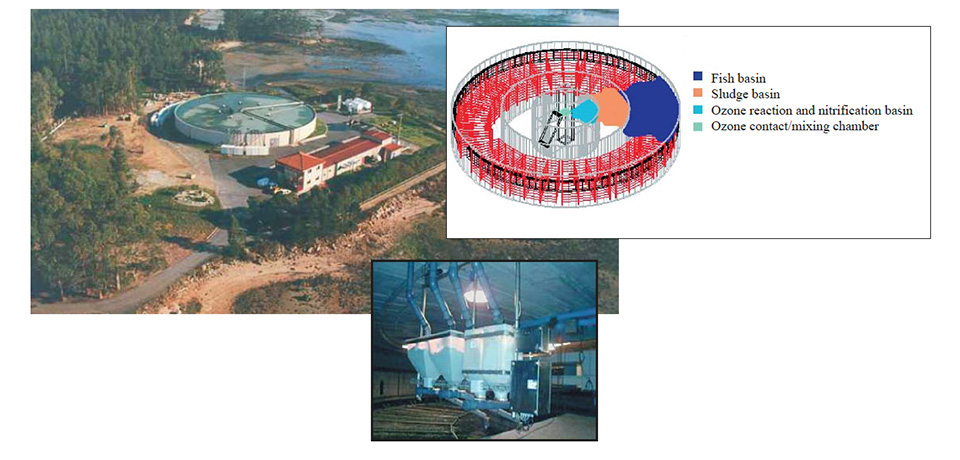
Currently, there is much interest in recirculation in northwestern Spain, the geographical stronghold of Spanish turbot farming. A new farm in Cambados, Galicia, is producing turbot using recirculating technology developed by the Norwegian company Puraq to reduce the growing period by controlling water temperature. The farm has received substantial political and financial support from Spanish authorities.
Sunfish system
Puraq’s Sunfish aquaculture system is based on 12 years of research and experience at commercial facilities in Norway, Italy, Portugal, and Spain. The design is environmentally friendly, land-based, and suited for industrial scale. The system allows control of water temperatures and salinity, and can be adapted to accommodate most farmed fish species.
External design
Because the design is compact, it is possible to set up a large-capacity installation in a relatively small building and on a small property. The system has a production capacity of 500 metric tons (MT) turbot per year. The plant has a circular, ongrowing unit with a diameter of 49 meters. The fish tanks are deep, but located mostly underground and below the surrounding terrain. From the outside, the system looks like a flat-roofed, one-story building.
Internal design
The area for growth before the ongrowing stage consists of two parallel, shallow circular raceways in two levels, with a water depth of 20 cm. This area holds fish from 10 grams until they reach 200 grams. The ongrowing area is a circular, 5-meter-deep raceway with nine net shelves stacked on top of each other.
Feeding system
A rail-based robot feeding system supplies feed to the fish, while an automatic feed-refilling station on the outside of the building replenishes the feed robots. Feeding in the shallow and deep raceways is based on assuring that individual fish receive more than enough feed for maximal growth. This system has been named “plug flow feeding.”
In the deep raceway, all feed pellets pass through the upper ninth shelf level, which receives 10 times the amount of feed the fish need. The pellets not eaten in the upper level sink and pass to the next shelf level, and so on. The lowest shelf level receives twice what it needs, while the fish on the bottom receive exactly the needed amount. Pellet counters under the lowest shelf level facilitate close control of the feeding.
Production and harvesting
The fish remain in the shallow raceways until they reach 200 grams, and are then moved to the upper closed shelf in the deep raceway for fattening. At 400 grams, they are transferred again to the open shelf system. An airlift transfers the fish via a sorting cage to the starvation unit for subsequent packing.
Water treatment and temperature control
A proprietary foaming process inside the deep raceway basin removes 80 to 90 percent of the organic material using ozone. Vacuum suction heads transfer the foam to a sludge basin. In the central section of the farm, a biological filter and an ozone-based process remove ammonia and nitrite.
The temperature control uses heating from bacterial metabolism and the process machinery. Cooling during the summer works by exchanging heat with ambient air. Heat exchanging between warm air from high-pressure blowers and outlet water is also used. The high-pressure air subsequently cools the fish basin water when added to the basin through diffusers.
(Editor’s Note: This article was originally published in the June 2002 print edition of the Global Aquaculture Advocate.)
Now that you've reached the end of the article ...
… please consider supporting GSA’s mission to advance responsible seafood practices through education, advocacy and third-party assurances. The Advocate aims to document the evolution of responsible seafood practices and share the expansive knowledge of our vast network of contributors.
By becoming a Global Seafood Alliance member, you’re ensuring that all of the pre-competitive work we do through member benefits, resources and events can continue. Individual membership costs just $50 a year.
Not a GSA member? Join us.
Author
-
Eivind Lygren
PurAq A/S
Fritznersgate 1
N-0264 Oslo, Norway[111,110,46,101,110,105,108,110,111,64,113,97,114,117,112,97]
Tagged With
Related Posts
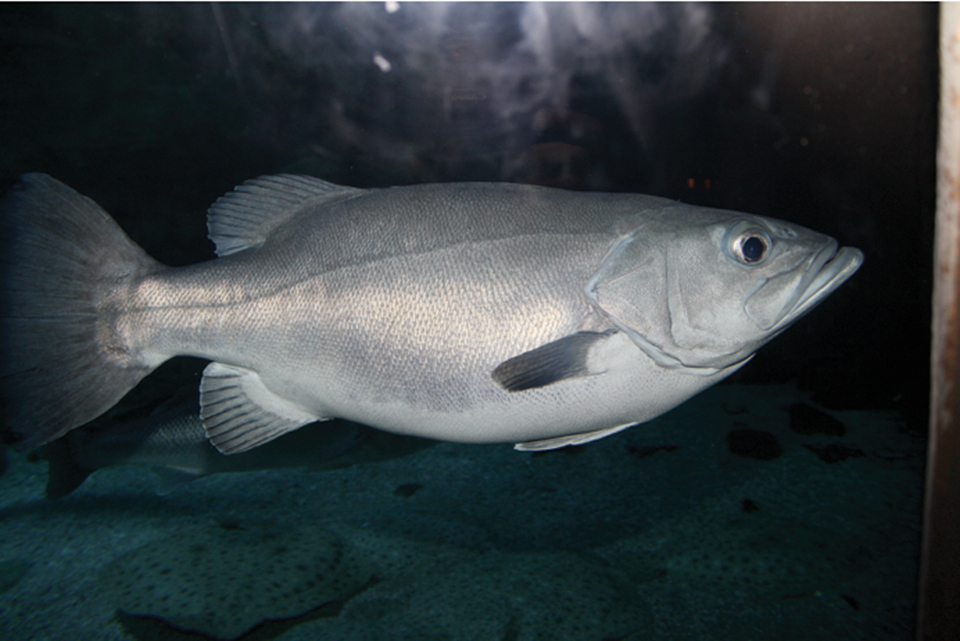
Health & Welfare
Experimental culture of wreckfish in Spain
Fast growth and attractive market prices make wreckfish an interesting option among the new species considered for commercial aquaculture.
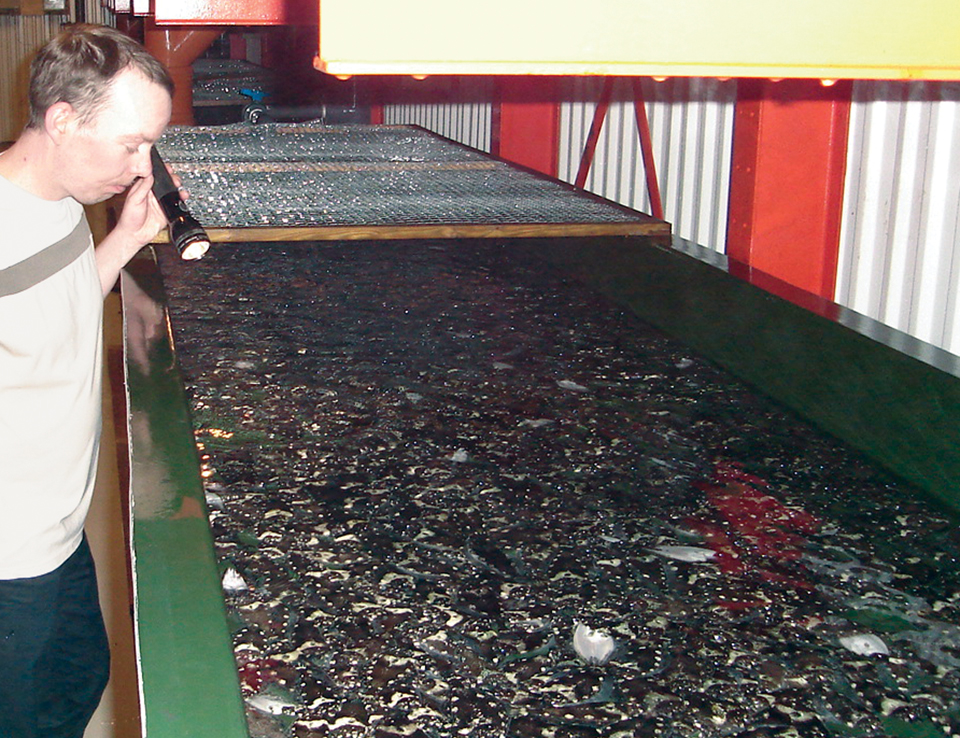
Responsibility
Industrial aquaculture parks an intensive alternative for land-based seafood production
Industrial aquaculture parks that employ hyperintensive culture technology are a promising alternative for further land-based seafood production. They offer wide siting options, efficient land and water resource use, and high-density, high-yield production output. In Project Raceways, a five-nation consortium is developing protocols for the culture of several highly valuable species of marine fish in raceway systems.
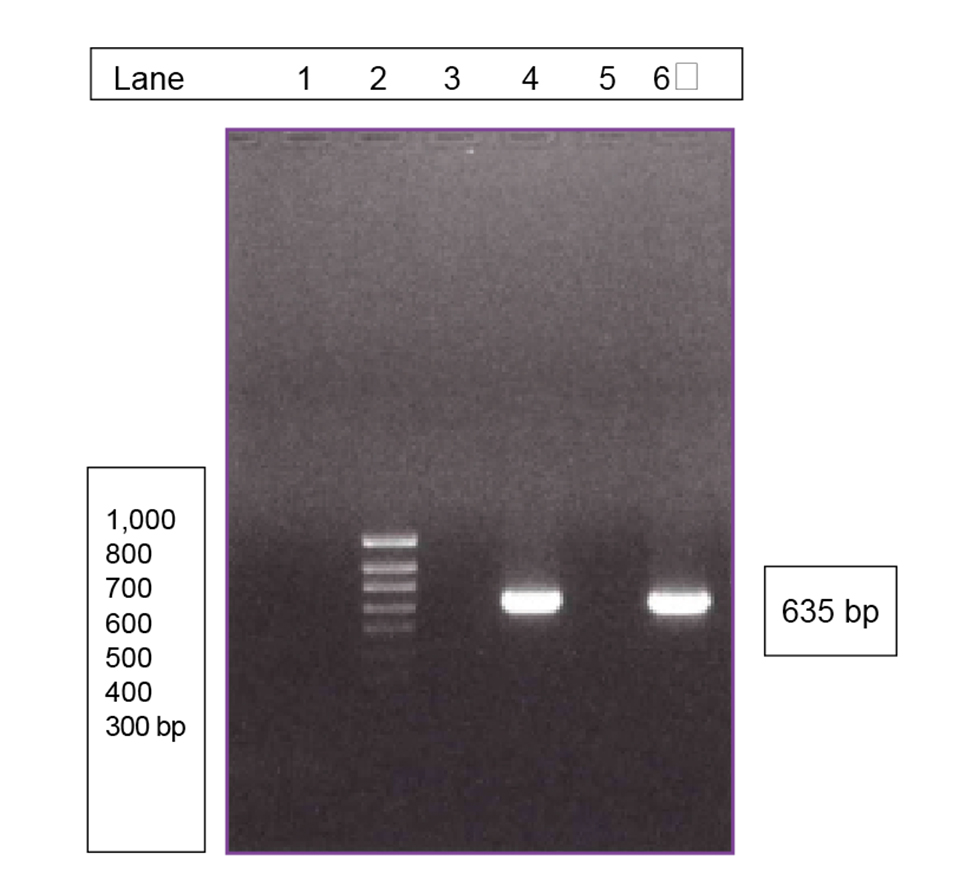
Health & Welfare
Reviewing the safety of aquaculture probiotics
Probiotics are naturally occurring microbes in cultured animals or their environments that compete with bacterial pathogens to favorably alter the rearing environment and improve animal health. The success of a probiotic strain depends not only upon its stated and actual performance, but also its safety to the target organism, humans, and the surrounding environment.
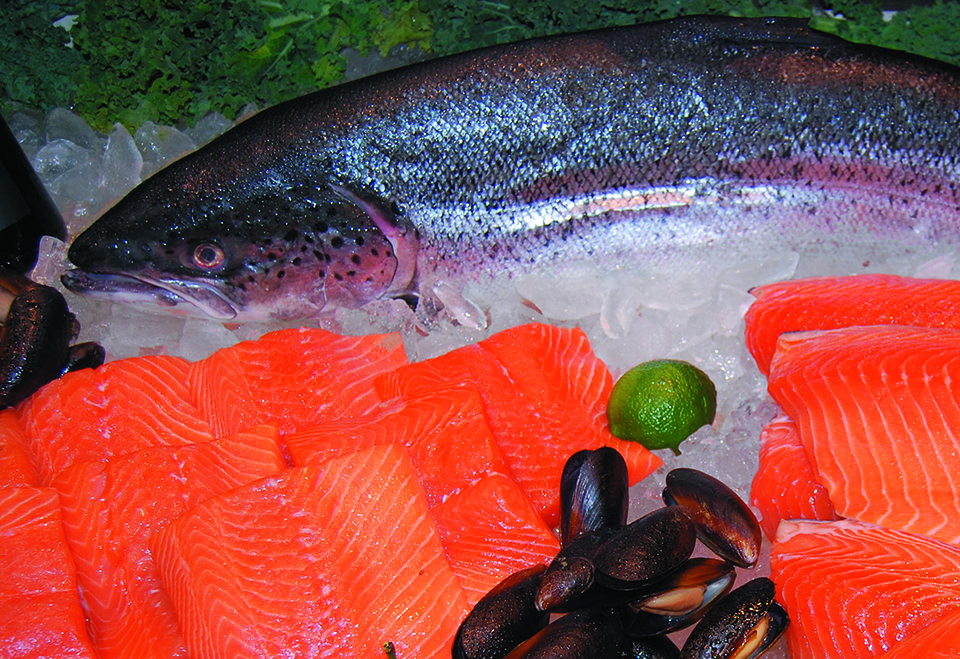
Aquafeeds
Feeds affect lipid body composition, quality
The substitution of plant proteins and oils for fishmeal and fish oil can result in minimal changes to proximate compositions in various fish. However, the muscle fatty acid composition usually reflects that of the diet.


